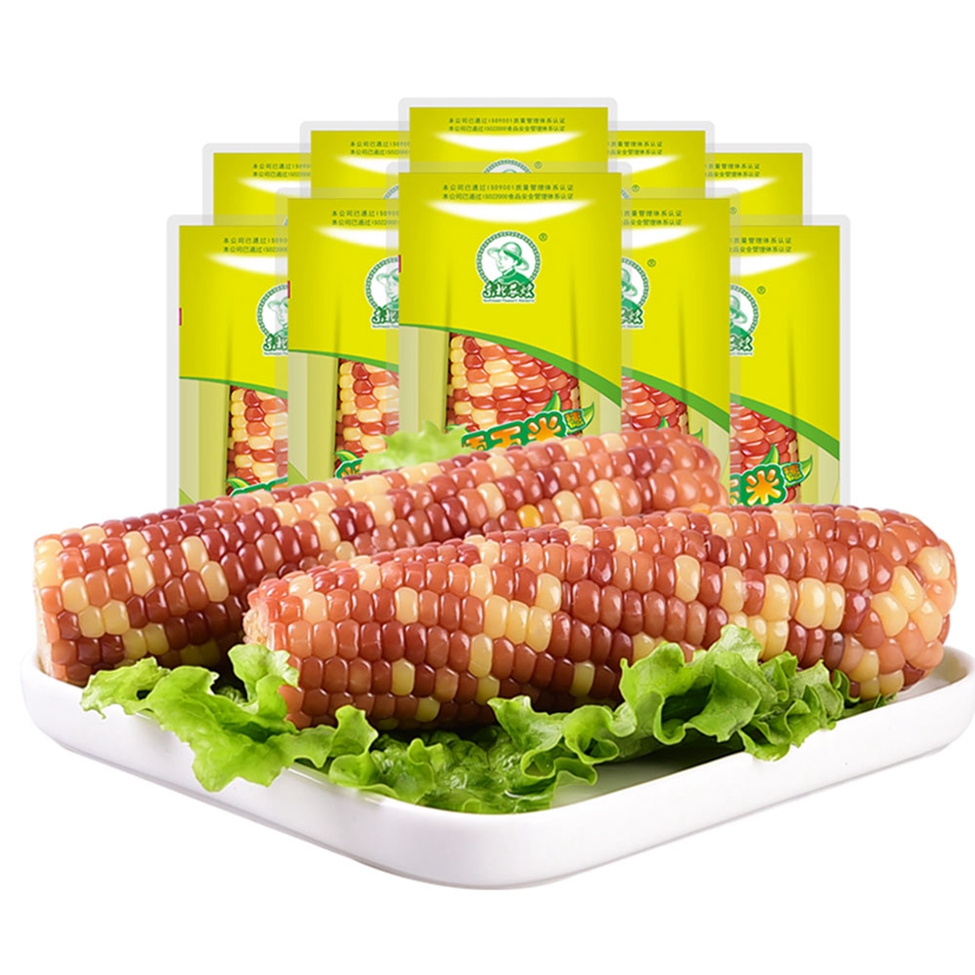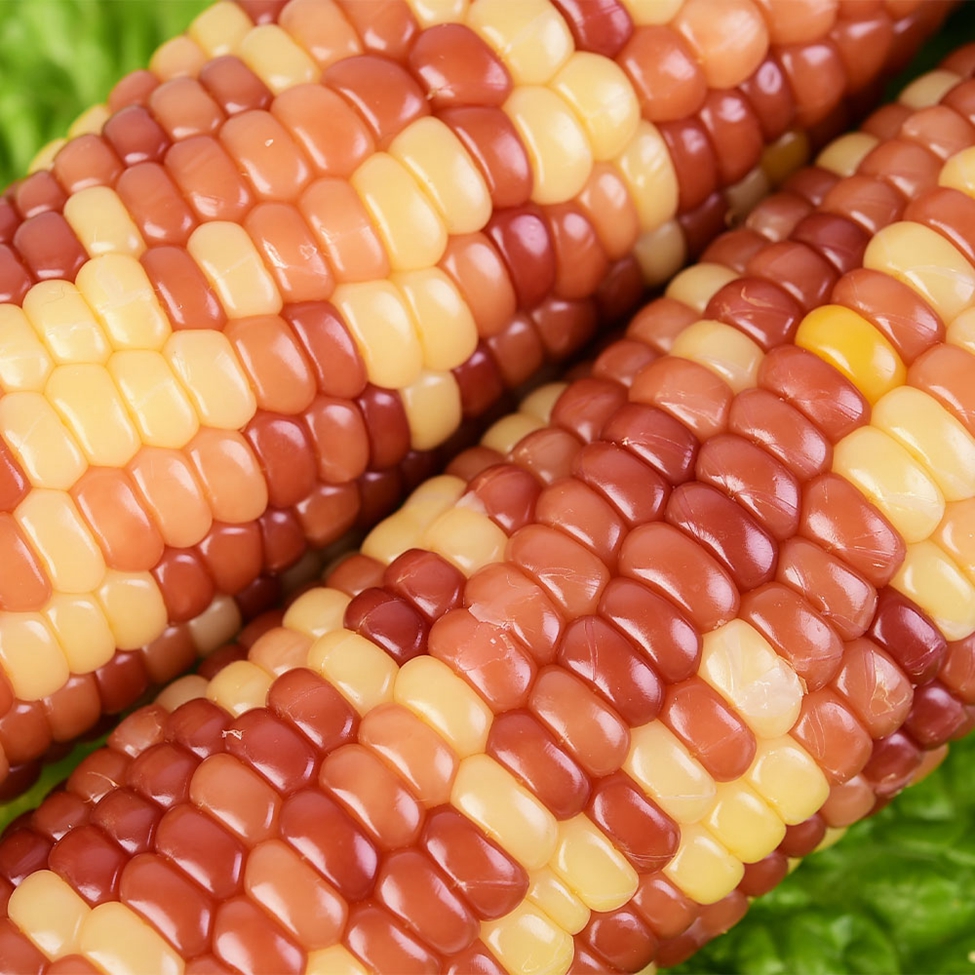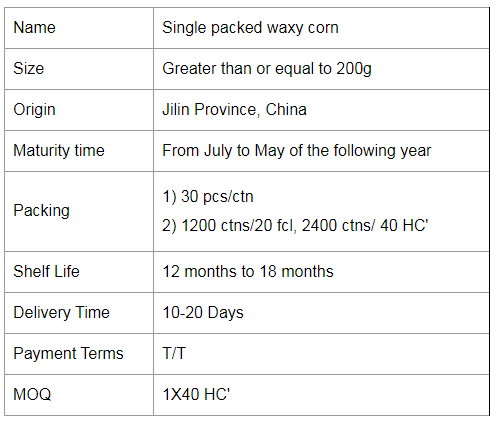Guangdong green bean planting technology summary
The green beans are also called kidney beans and cowpeas, which are native to South America and have been introduced to China for more than 400 years. The green beans are warm, afraid of heat and cold. The suitable growth temperature is 15-30 ° C. If it exceeds this range, it is impossible to pollinate pods normally. Below 3 °C, severe cold damage or even freezing will occur. Green beans are not strict with sunshine requirements. As long as they meet the requirements of temperature and moisture, they can be planted for several seasons a year, hence the name “green beansâ€.

Green beans have strict requirements on moisture, like moist, fear of drought, especially high temperature and drought have a great impact on the yield of green beans. Green beans are not strict with soil requirements, but they are not continuous cropping. The requirements for soil nutrients are not high. Potassium and nitrogen are needed, and phosphorus is less. However, phosphorus has a great influence on yield. Phodder fertilizer must be applied to green beans.
Characteristics of climate soil in Guangdong Province
Climate and soil characteristics: Guangdong is located in the subtropical zone. It is a typical subtropical monsoon climate. It is hot and rainy in summer and mild and humid in winter. Under this climatic condition, subtropical brick red soil or red soil is formed. Such soil is acidic.
Common plants: Comprehensive climate and soil types in Guangdong should be planted with tropical crops such as rice and green beans. Fruits are also grown in tropical fruit types such as lychee, longan, pineapple, and so on. The main types of forestry are subtropical evergreen broad-leaved forests.

Green bean planting process and growth cycle
- Plot selection. Choose sand loam or loam with deep soil layer, rich organic matter, loose and fertile, well drained, ph6-7. The elevation is 700-1000 meters in the Chaoyang block, and the temperature difference between day and night is large, which is conducive to the growth of green beans, and the picking period is more than 70 days.
- The sowing date is determined. High-altitude mountain areas can be planted from early June to late June.
- Fertilization on the ground. Deeply ploughing the land, fine soil, deep ditch and high sorghum, even the width of the ditch: 1.5 meters for paddy fields, 1.4 meters for dry land, and about 1 meter wide for kneading. The base fertilizer is usually applied with 50-75 kg of lime and then ploughed for hoeing. In the middle of the shovel, 1500-2000 kg of fertilizer per mu is applied, 50 kg of compound fertilizer, 1 kg of borax, and 50 kg of calcium magnesium phosphate per acre before sowing. .
- Disinfect seeding. Use large, full, disease-free seeds, and disinfect with 50% carbendazim seed with 0.4% seed before sowing. If the soil is dry, the surface should be poured with water before planting. The line spacing is 65-70 cm, the hole distance is 25-30 cm, the seeding 3-4 seeds per hole, and the seed amount is 2-2.5 kg. At the same time, the "reserve seedling" should be used for transplanting seedlings to fill the gap. After sowing, it adopts methods such as covering grass trees, watering and drought resistance to ensure the whole seedling, strong seedlings and healthy seedlings, laying a foundation for high yield of green beans.
Green bean planting field management technology
- Miao seedlings. 7 to 10 days after sowing, check the seedlings and make up the seedlings, and do a good job of seedlings. Generally, there are 2 seedlings per hole.
- The first weeding was carried out 10 days after the cultivating and weeding, and the second time before climbing the vine, this time we had to cultivate the gully soil to cultivate the base of the stem of the plant to promote the occurrence of adventitious roots. The cultivating should be shallow, so as not to damage the root system.
- Promote strong seedlings When the young leaves of the seedlings are 2 pieces, spray 900 times of "481" natural brassinolide to promote the healthy growth of the seedlings.
- The scaffolding grass is laid in time before the "甩", and the 2.5-meter long bamboo stick is used to build the herringbone frame. When the vines are put on the shelves, the grass is covered with grass to help cool down.
- Fertilizer management According to the physiological characteristics of green beans, it is necessary to apply sufficient base fertilizer, less applied flower fertilizer, and heavy application of pod fertilizer. The pod fertilizer is generally applied 2-3 times, and 10-15 kg of compound fertilizer is applied per mu. The external top dressing can be combined with pest control. 0.2% “potassium dihydrogen phosphate†and 10 grams of molybdenum fertilizer per backpack liquid are added to the liquid to increase the pod rate for high yield.
Green bean planting pest control

Insect pests mainly include bean wild mites and aphids. In the early flowering period, you can use 48% "Lesburn" 5 grams plus "Haizheng Lingling" 5 grams, or use "phoxim" 25 grams plus "enemy kill" 6 ml water 15 kg spray In the pod-forming period, high-efficiency, low-toxicity and low-residue pesticide “bt†bio-pesticides 50g plus “enemy kill†6ml, 15kg of water, and 45-60kg per acre can be used for prevention and control.
Prevention and treatment methods: It is necessary to fight drugs before 8 o'clock in the morning or in the evening, and master the principle of "treating flowers and treating pods". The mites control can be sprayed with 10% "one time net" 2000 times liquid or 20% "good winter" 2000 times liquid pesticide. The main diseases are rust, anthrax, bacterial diseases and root rot.
Rust can be sprayed with 20% "triazolone" 1000 times solution or 50% "carbendazim" 800 times solution; anthrax can be sprayed with 75% "hyphalillin" 800 times solution; 72% agricultural streptomycin can be used for bacterial diseases. Or new phytomycin 3000 times liquid spray; root rot can be rooted with 70% "dikesong" 500 times solution or 70% "killable" 500 times solution.

Green bean planting harvest
Harvested at the right time. The beans that are eaten as tender pods can be harvested about 8-10 days after flowering. They should be harvested once a day, which can ensure the quality and commerciality of the pods, and reduce the excessive consumption of nutrients in the plants. Pods, thereby increasing the rate of sitting pods and commodities.
This article URL: Guangdong Green Bean Planting Technology Summary
Single Packed Mottled Waxy Corn
Waxy corn comes in a variety of colours. Some people wonder if waxy corn is a genetically modified product. In fact, it is not. Waxy corn originated in China. It is caused by a genetic mutation. Artificial selection gradually led to the emergence of a type of tannin.
Waxy corn, also known as waxy corn, is sticky corn. The grain has coarse, waxy endosperm, similar to shiny, glassy (clear) grains such as hard and dented corn. Its chemical and physical characteristics are controlled by a recessive gene (wx), which is located on chromosome 9. 100% of the starch in the endosperm is straight-chain starch.
Coloured glutinous corn is generally white, yellow, red, purple and black, with white, yellow and purple corn being the basic colours. Purple and white hybrids naturally become purple if the purple gene "beats" the white gene and vice versa, so if the two tie we see white and purple corn. Purple can turn into red and black corn, or as we often say, "red is purple and black is purple". Of these colourful corn, the most common yellow waxy corn is the most nutritious as it is rich in carotenoids...
Currently, the only genetically modified foods sold on the Chinese market are soybean oil and papaya. Waxy maize is a hybrid variety and is not associated with genetic modification. Therefore, it can be concluded that glutinous maize is a hybrid variety and has nothing to do with genetic modification.
Genetic modification is a type of "genetic engineering" in modern science and technology, which makes use of modern molecular biology techniques. Hybridisation is the mating of individuals of different genotypes to produce offspring that are different from the original "pure" breed. In a sense, it belongs to the natural exchange of genes that can occur in nature.



Colorful Waxy Corn,Colorful Mottled Waxy Corn,Single Packed Mottled Waxy Corn,Single Packed Colorful Waxy Corn
Jilin Province Argricultural Sister-in-law Food Co., Ltd. , https://www.nongsaocorn.com